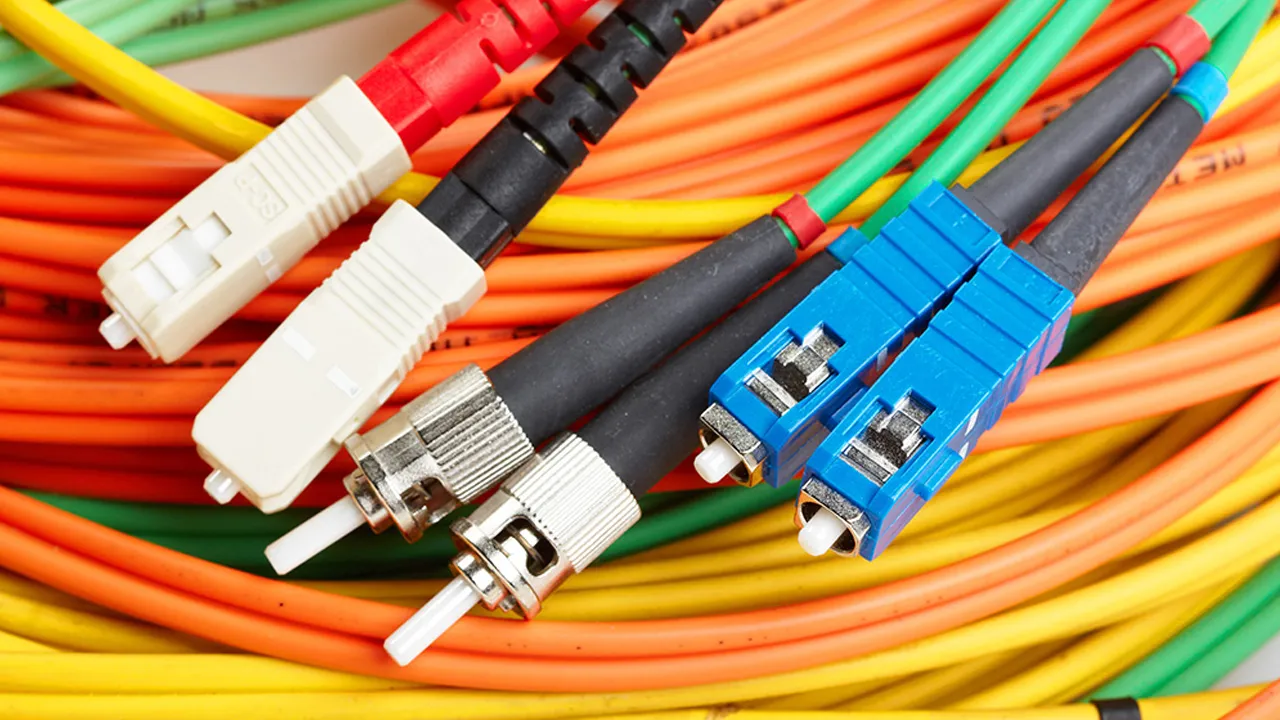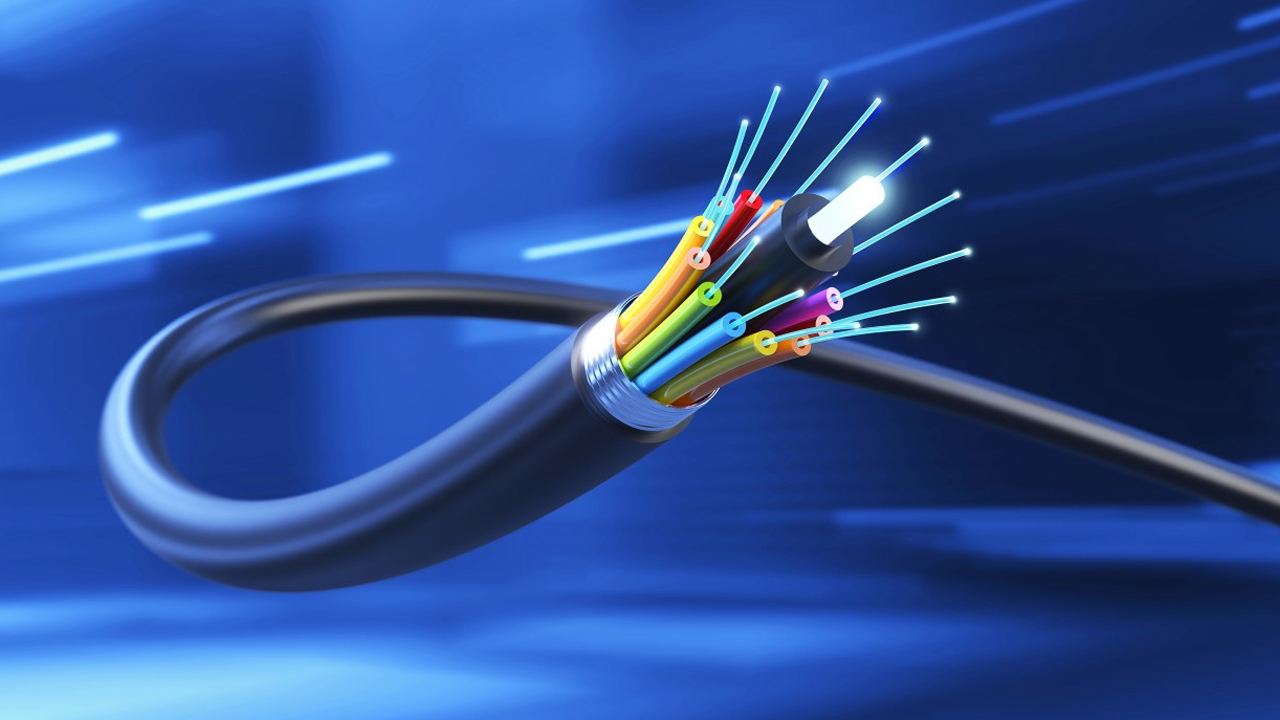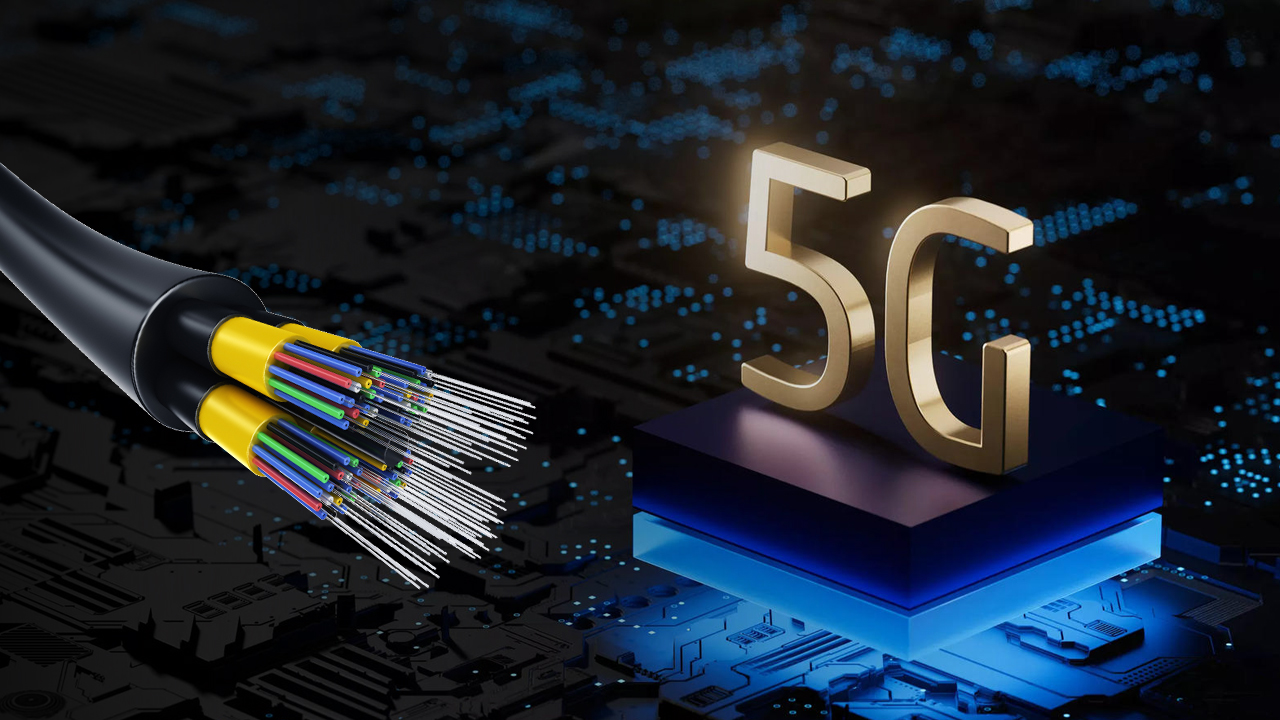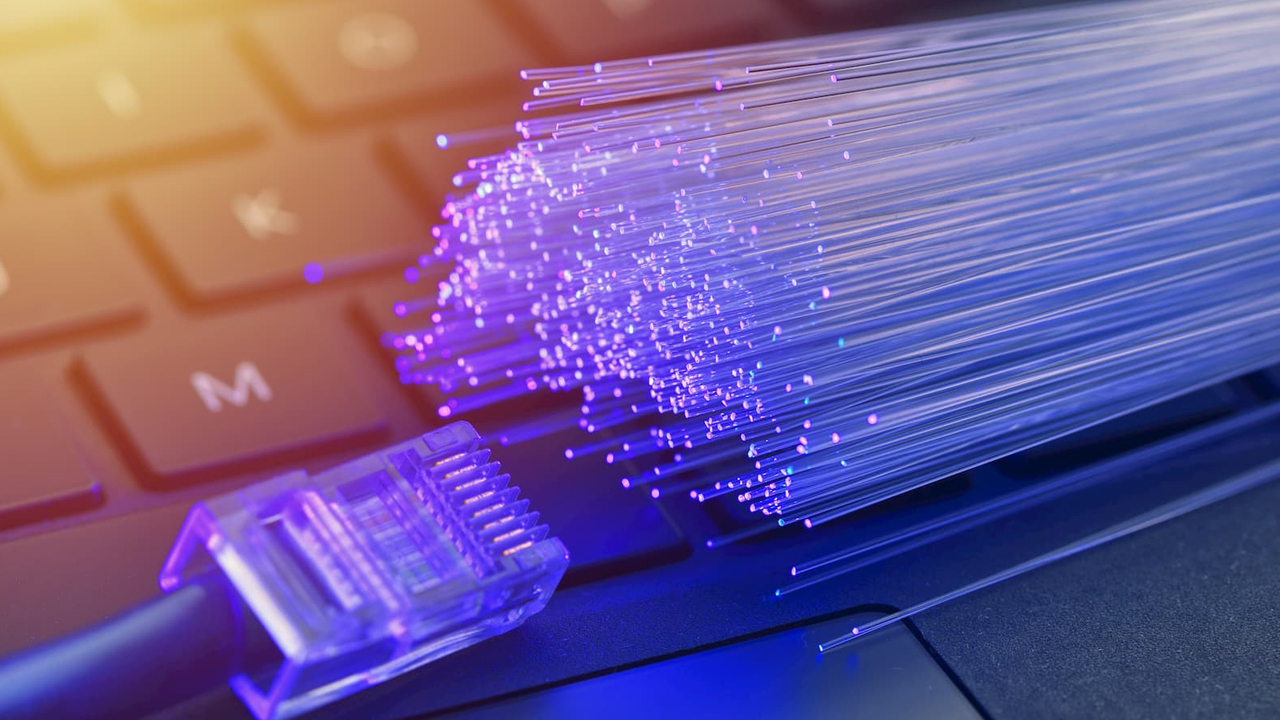
Fiber optic splicing is at the forefront of UAE's digital transformation, providing essential broadband infrastructure services and data center cabling solutions. Cable splicing services in UAE, including fiber optic cable splicing and copper cable splicing, are crucial for high-speed internet and reliable communication networks. Leading cable splicing companies offer advanced optical fiber fusion and FTTH (Fiber to the Home) services, ensuring seamless connectivity. Professional fiber splicing and cable jointing solutions enhance the efficiency of fiber optic network installation. With expert cable splicing service providers, UAE is rapidly advancing towards a digitally connected future, supported by robust and reliable fiber optic splicing.
Basics Of Fiber Optic Splicing
Understanding the basics of fiber optic splicing is essential for ensuring efficient and reliable connectivity. Two primary methods are fusion splicing and mechanical splicing, each with distinct techniques and applications. Additionally, there are several other important considerations in the process of fiber optic splicing.

Fusion Splicing:
- • Technique: Uses an electric arc to melt and fuse the ends of optical fibers together.
- • Advantages: Provides a low-loss, permanent connection with high strength and reliability.
- • Applications: Ideal for long-distance and high-performance fiber optic networks.
Mechanical Splicing:
- • Technique: Aligns the fiber ends using a mechanical fixture and holds them in place with an adhesive gel.
- • Advantages: Quick and easy to perform, suitable for temporary or emergency repairs.
- • Applications: Used in situations where speed is crucial and a permanent solution is not immediately necessary.
Preparation and Cleaning:
- • Process: Thoroughly clean and prepare the fiber ends to ensure a clean and precise splice.
- • Importance: Reduces signal loss and prevents contamination that could affect the splicing quality.
Splice Protection:
- • Methods: Use splice protectors, such as heat cable sleeve or mechanical enclosures, to safeguard the spliced area.
- • Benefits: Ensures durability and protects the splice from environmental factors and physical damage.
Splicing Tools and Equipment:
- • Fusion Splicers: Advanced devices that automate the fusion splicing process, ensuring precision and consistency.
- • Mechanical Splicing Kits: Portable kits that include all necessary tools for quick and efficient mechanical splicing.
Testing and Verification:
- • Procedures: Conduct tests such as OTDR (Optical Time Domain Reflectometer) and insertion loss testing to verify the quality of the splice.
- • Outcome: Ensures the splice meets performance standards and provides reliable data transmission.
Role in UAE’S Internet Infrastructure and 5G Rollout
Fiber optic splicing plays a crucial role in developing and maintaining UAE's internet infrastructure and the rollout of 5G technology. This ensures high-speed connectivity and robust network performance. Key aspects include:

High-Speed Internet Connectivity:
- • Importance: Provides the backbone for fast and reliable internet services across the UAE.
- • Impact: Enables seamless streaming, online gaming, and efficient remote work capabilities.
5G Network Deployment:
- • Requirement: Fiber optic splicing is essential for connecting 5G base stations to the core network.
- • Benefits: Supports ultra-low latency and high bandwidth, essential for 5G applications.
Increased Network Capacity:
- • Contribution: Enhances the capacity of existing networks to handle more data traffic.
- • Result: Improves user experience and supports the growing demand for internet services.
Support for Smart Cities:
- • Role: Facilitates the integration of smart technologies in urban infrastructure.
- • Outcome: Enables the development of smart city initiatives, enhancing efficiency and quality of life.
Reliability and Performance:
- • Advantage: Ensures stable and high-performance network connections with minimal downtime.
- • Effect: Provides a reliable foundation for critical services, including healthcare, education, and business operations.
Economic Growth:
- • Impact: Supports the digital economy by providing the necessary infrastructure for innovative technologies.
- • Benefit: Encourages investments and advancements in tech-driven industries.
Data Center Connectivity:
- • Application: Essential for linking data centers and ensuring fast, secure data transfer.
- • Importance: Supports cloud services, big data analytics, and other advanced computing needs.
Impact on Smart City Initiatives and IoT Networks
Fiber optic splicing plays a crucial role in the development of smart city initiatives and IoT networks, providing the necessary infrastructure for reliable and high-speed connectivity. Key impacts include:

Enhanced Connectivity:
- • Role: Forms the backbone for IoT networks and smart city infrastructure.
- • Impact: Ensures seamless communication between various smart devices and systems.
Data Transmission Speed:
- • Benefit: Fiber optic cables offer high-speed data transmission, crucial for real-time IoT applications.
- • Outcome: Improves the efficiency and responsiveness of smart city services.
Reliability and Stability:
- • Advantage: Offers robust and stable connections, reducing downtime and ensuring consistent service delivery.
- • Effect: Enhances the reliability of critical smart city operations like traffic management and public safety.
Scalability:
- • Feature: Supports the expansion of IoT networks as smart cities grow and evolve.
- • Result: Provides a scalable solution to accommodate increasing data demands.
Integration of Services:
- • Role: Facilitates the integration of various smart city services, such as utilities, transportation, and healthcare.
- • Benefit: Enables a cohesive and efficient urban management system.
Energy Efficiency:
- • Contribution: Fiber optic networks are more energy-efficient compared to traditional copper networks.
- • Impact: Supports sustainable smart city initiatives by reducing energy consumption.
Support for Advanced Applications:
- • Applications: Enables advanced IoT applications such as smart grids, automated waste management, and intelligent transportation systems.
- • Advantage: Enhances the quality of life for residents through improved urban services.
Future Trends and Innovations in Fiber Optic Splicing
The future of fiber optic splicing is set to be shaped by advancements and innovations that will enhance efficiency, reliability, and scalability. Key trends and innovations include:

Automated Splicing Machines:
- • Trend: Development of highly automated splicing machines that reduce human error and increase precision.
- • Benefit: Improves the speed and accuracy of splicing, making the process more efficient.
AI and Machine Learning Integration:
- • Innovation: Use of AI and machine learning to optimize splicing techniques and predict maintenance needs.
- • Impact: Enhances the reliability and longevity of fiber optic networks.
Advanced Splice Protectors:
- • Trend: Introduction of more robust and durable splice protectors that can withstand harsh environmental conditions.
- • Advantage: Increases the durability and lifespan of spliced connections.
Miniaturization:
- • Innovation: Development of smaller, more compact splicing equipment.
- • Benefit: Facilitates easier deployment in confined spaces and improves portability for field technicians.
Integration with Smart Technologies:
- • Trend: Incorporation of smart technologies into splicing tools for real-time monitoring and diagnostics.
- • Impact: Enables proactive maintenance and quicker identification of issues.
High-Performance Fiber Types:
- • Innovation: Use of new fiber types that offer better performance and easier splicing.
- • Advantage: Enhances the overall quality and performance of fiber optic networks.
Environmentally Friendly Solutions:
- • Trend: Development of eco-friendly splicing materials and methods.
- • Benefit: Reduces environmental impact and supports sustainable practices.
Cost-Effective Splicing Techniques:
- • Innovation: Creation of more cost-effective splicing techniques and materials.
- • Impact: Lowers the overall cost of fiber optic network deployment and maintenance.
Enhanced Training Programs:
- • Trend: Implementation of advanced training programs using virtual reality (VR) and augmented reality (AR) for technicians.
- • Advantage: Improves the skill set of technicians and ensures high-quality splicing.
Conclusion
Fiber optic splicing is essential for advancing UAE's digital transformation. By leveraging professional cable splicing services, the nation can enhance its internet infrastructure, support smart city initiatives, and drive the 5G rollout. Innovations in fiber optic cable splicing services, including automated machines and AI integration, ensure reliable, high-speed connectivity. As fiber optic splicing companies continue to innovate, UAE is well-positioned to lead in technology and connectivity. Investing in advanced fiber optic splicing services and solutions will support sustainable growth and improve the quality of life for residents, solidifying UAE's role as a digital pioneer.
Read our previous blog "The Essentials of Cable Splicing".
